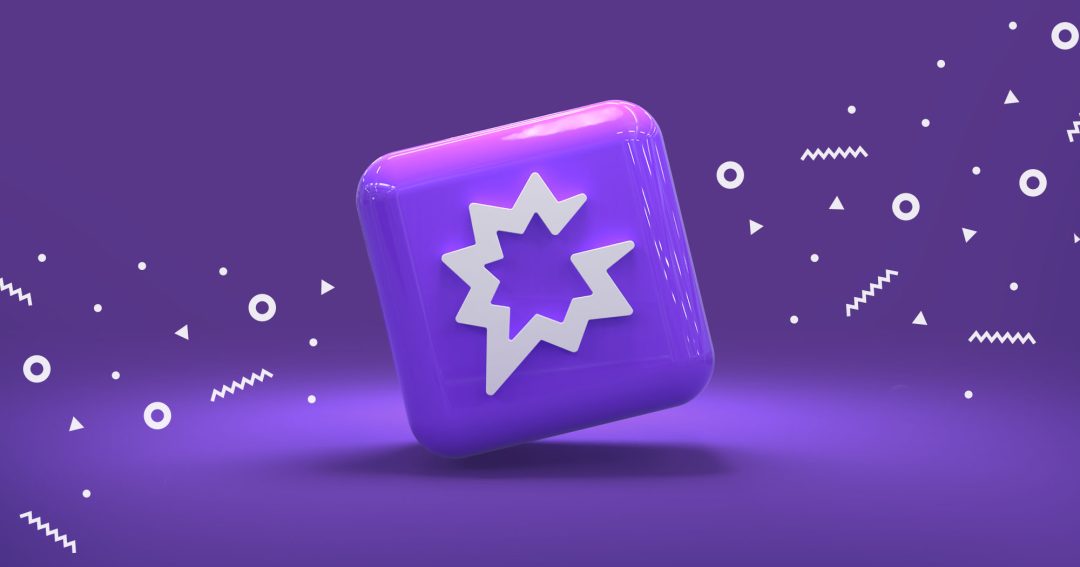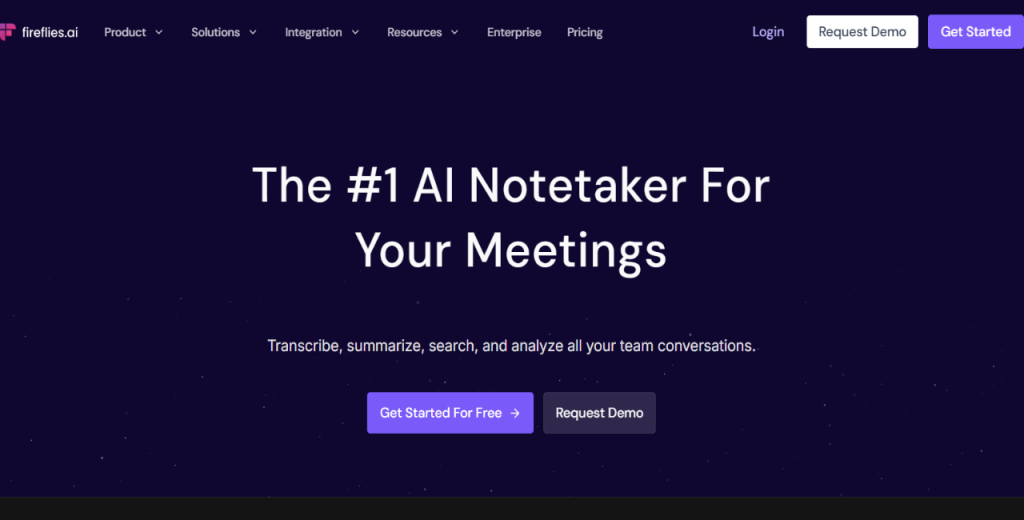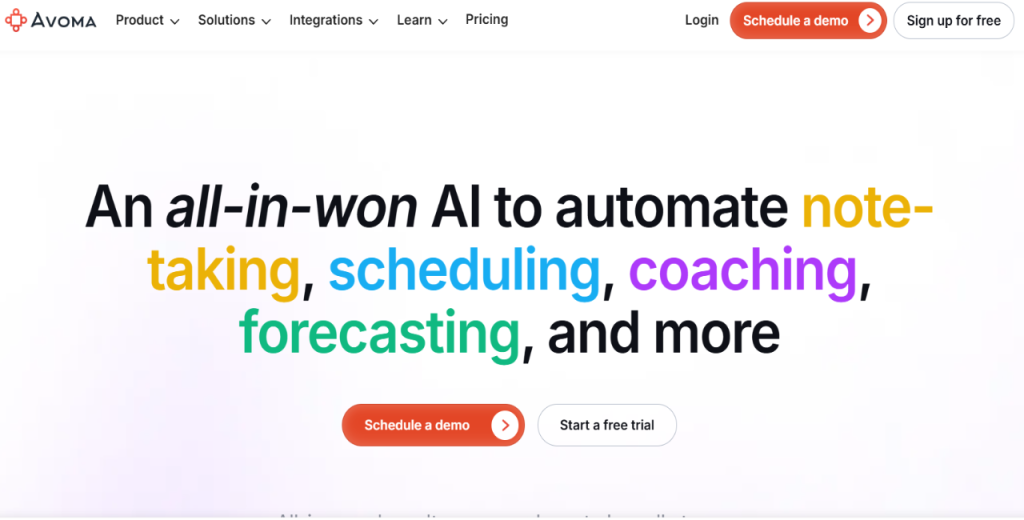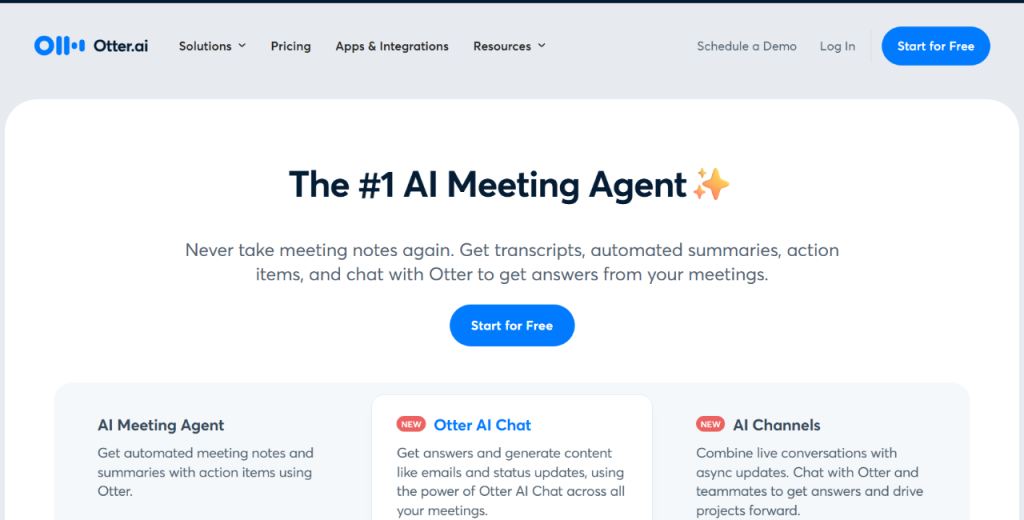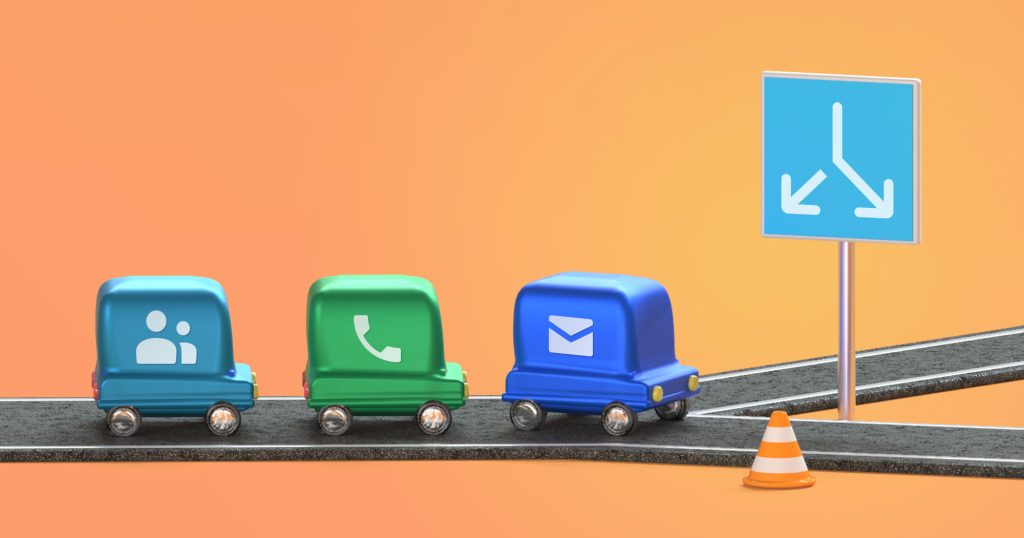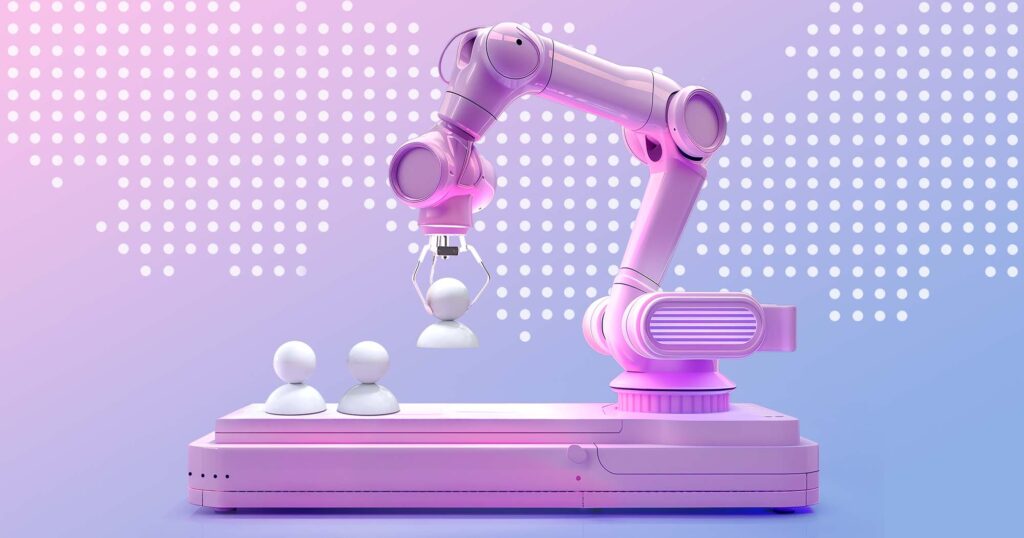In this Gong AI review, we’ll break down the following:
- What Gong AI does well
- What Gong doesn’t do so well
- Gong AI user reviews
- Gong pricing and whether the service is worth the cost
- Gong AI alternatives and what makes them tick
By the end, you’ll have the necessary info to determine if Gong AI meets your needs.
More importantly, we’ll tell you about some of the best Gong AI alternatives so you can know where to look if the service isn’t quite what you expect.
We’ll start right at the top.
What is Gong AI?
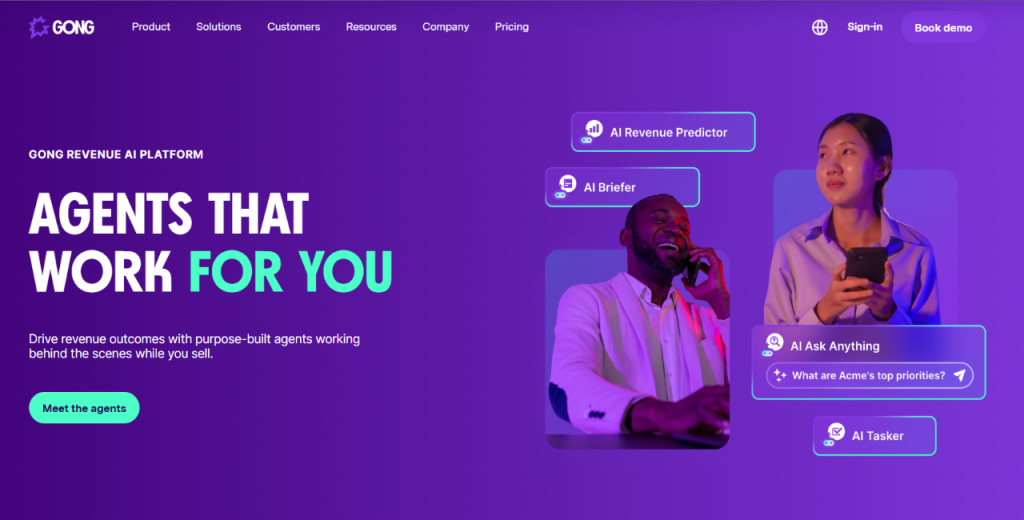
Gong is a revenue intelligence platform.
It helps sales reps, managers, and revenue leaders make data-backed decisions by:
- Analyzing sales conversations
- Tracking deal progress
- Identifying patterns in customer interactions
Gong AI captures data from calls, emails, and meetings and turns it into insights that you can use to improve win rates and shorten sales cycles.
The platform’s AI listens to conversations and highlights important topics, objections, competitor mentions, and the next steps. It also flags risks that could prevent a sale, such as when decision makers aren’t involved or engagement drops.
Gong also monitors pipeline health and recommends actions based on buyer behavior.
How to get started with Gong?
To get started with Gong AI, visit the official website and book a demo. Click the “Book Demo” or “See It in Action” button on the homepage.
You’ll be asked to enter your work email, name, job title, phone number, and company name.
Once you submit your details, a Gong rep will contact you to schedule a personalized platform walkthrough.
During the demo, they’ll show you how Gong works, answer your questions, and explain how the AI features integrate into your sales process.
After that, if it’s a fit, they’ll guide you through the next steps, including pricing and onboarding.
What are the main Gong features?
Gong AI features include:
Gong Forecast
Gong Forecast enables sales leaders and revenue teams to predict outcomes more accurately.
It uses AI trained on sales conversations, buyer engagement, and 300+ live signals to project revenue.
Gong Forecast comes with Deal Likelihood scoring, a tool that analyzes each opportunity and predicts the chances of closing based on buyer behavior. As a result, you can pressure-test your forecast and catch barriers early.
The Revenue Analytics dashboard gives you a 360-degree view of your pipeline health, deal movement, and rep activity. With everything in plain sight, you can always know when something is off.
Meanwhile, Metric and Target Management allow you to align everyone around your KPIs. The tool offers pre-built dashboard templates and a configurable metric library, ensuring your go-to-market team works from the same playbook.
And to top it all off, Gong Forecast syncs with your CRM, enabling you to enrich your data automatically.
Gong Engage
Gong Engage helps sales reps zero in on meaningful outreach instead of wasting time juggling tools or digging through incomplete CRM data.
It captures every customer interaction and uses that data to guide reps on what to do next and how to do it better.
In addition, this Gong AI tool recommends actions for your sales team so they know what to send or when to follow up. It even generates ready-to-use messages tailored to each buyer.
Gong Engage also provides a detailed view of each account. It combines first-party interaction data with third-party intent signals, making it easier to multi-thread and personalize lead generation. That way, reps will always have the full picture before they reach out.
Beyond the top of the funnel, Engage works across the whole sales journey, from contacting a prospect to closing a sale. Furthermore, reps can call, email, schedule meetings, and manage follow-up from a centralized workspace.
And since everything syncs with your CRM, you can be sure your data is always up to date.
Other notable tools include email templates, a built-in dialer, to-do tracking, and powerful analytics, all designed to ensure your sales team is productive and the managers are up to speed with what’s happening.
Gong Data Engine
Gong Data Engine automates how you capture, map, and secure your sales data.
First, it collects first-party interaction data from calls, emails, and meetings. Then, it layers in additional signals from Gong’s larger partner ecosystem. The result is a real-time view of each buyer’s journey beyond basic activity tracking.
Next, using customizable logic, Gong automatically maps this data to the right contact, company, or deal. So, whether you’re working with a prospect, customer, or partner, you’ll always have clean, organized data that reflects your sales process.
Gong also keeps your data secure and compliant. The platform follows strict global privacy standards like GDPR and gives you advanced controls to manage data access.
Gong AI
Gong AI uses customer conversations, including calls, emails, and meetings, to help sales teams make decisions confidently and from a point of information.
The feature includes sales enablement AI agents to complete tasks across the sales cycle, such as writing follow-up emails and internal summaries. The agents can also identify missing links in your sales process and recommend the next steps.
Gong AI also packs powerful tools for managers, such as deal reviews and sales rep coaching suggestions based on customer conversations.
